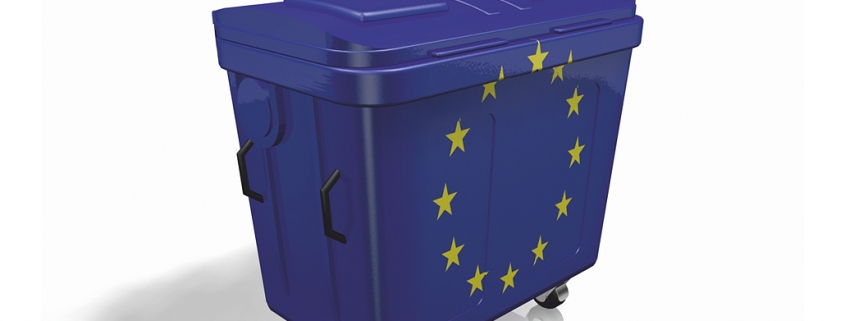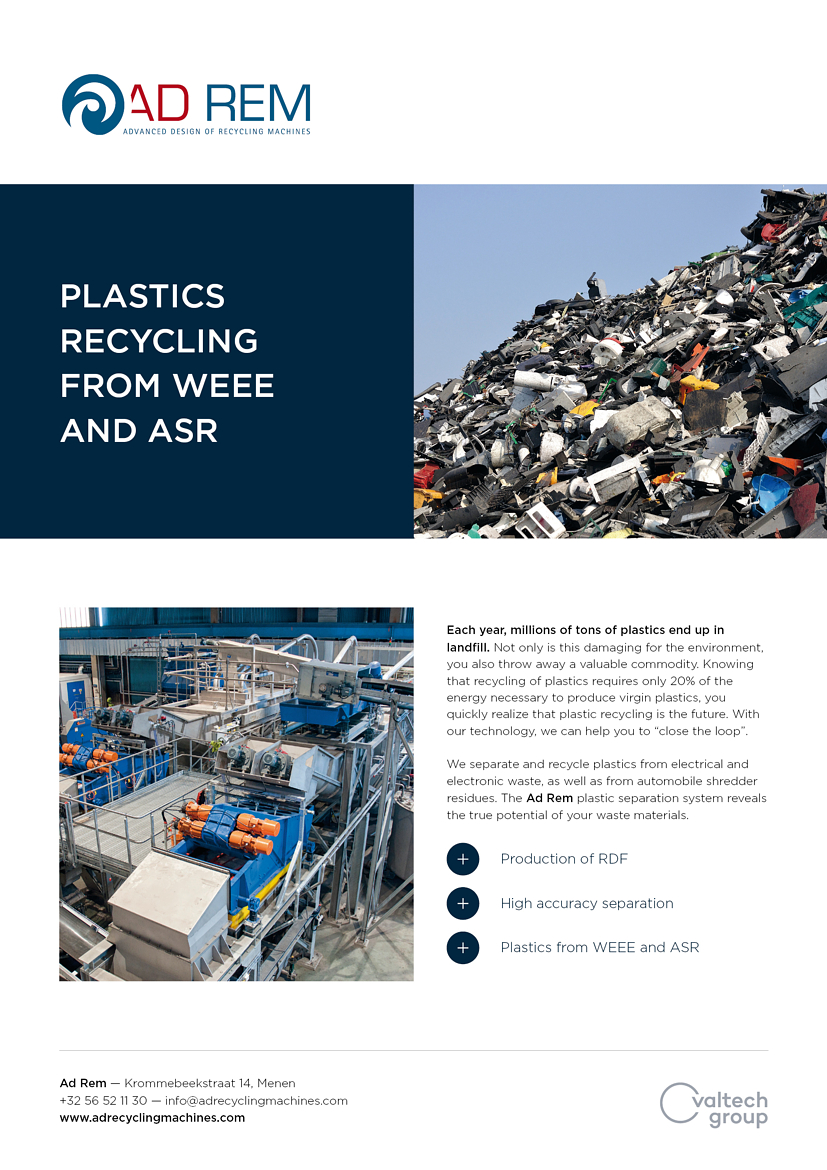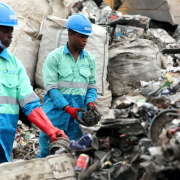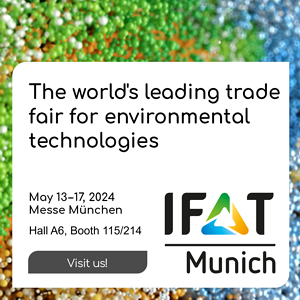Circular Economy in the European Union
According to the European Union, the new rules – based on the Circular Economy package presented in December 2015 – will make the community of states the global front-runner in waste management and recycling.
On 22 May this year, the European Council approved a set of measures to make the waste legislation fit for the future, as a part of the EU‘s wider circular economy policy; this caucus brings together 28 heads of state and government of the EU countries and represents the highest level of political cooperation between the EU Member States. Previously, the European Parliament had consented to the waste management and recycling package in April 2018. The new rules “will help to prevent waste and, where this is not possible, significantly step up recycling of municipal and packaging waste,” the EU Commission gave account. “It will phase out landfilling and promote the use of economic instruments, such as Extended Producer Responsibility schemes. The new legislation strengthens the ‘waste hierarchy’, i.e. it requires Member States to take specific measures to prioritize prevention, re-use and recycling above landfilling and incineration, thus making the circular economy a reality.”
In the view of the EU bodies, the new rules adopted represent “the most modern waste legislation in the world, where the EU is leading by example for others to follow”. The recycling targets for municipal waste will be 55 percent by 2025, 60 percent by 2030 and 65 percent by 2035. Additionally, stricter rules for calculating recycling rates will help to monitor more effectively real progress towards the circular economy, the commission underlined. There are also new requirements for packaging waste: The recycling rate for all packaging will be 65 percent by 2025 and 70 percent by 2030. As reported by the European Commission, the new legislation foresees more use of effective economic instruments and other measures in support of the waste hierarchy. “Producers are given an important role in this transition by making them responsible for their products when they become waste. New requirements for extended producer responsibility schemes will lead to improving their performance and governance. In addition, mandatory extended producer responsibility schemes have to be established for all packaging by 2024.”
Separate collection and landfilling
Building on the existing separate collection obligation for paper and cardboard, glass, metals and plastic, the “new separate collection rules will boost the quality of secondary raw materials and their uptake”, the EU politicians are convinced. Hazardous household waste will have to be collected separately by 2022, bio-waste by 2023 and textiles by 2025. According to the EU position, landfilling of waste makes no sense in a circular economy and can pollute water, soil and air. By the year 2035, the amount of municipal waste landfilled will have to be reduced to ten percent or less of the total amount of municipal waste generated. The new legislation will place a particular focus on waste prevention and introduce important objectives for food waste in the EU and will be halting marine litter to help achieve the UN Sustainable Development Goals in these areas.
_____________
EU’s Way to Decrease the Volume of Waste
According to the information, over the past two decades, many Member States have gradually improved their waste management, in line with the EU waste hierarchy. In 1995, an average 64 percent of municipal waste was landfilled. In 2000, the average volume had been reduced to 55 percent while the average recycling rate stood at 25 percent. In 2016, landfilling of household waste in the EU as a whole dropped to 24 percent, with recycling it has increased to 46 percent. “Yet, challenges and big differences between EU countries remain,” the European Commission informed. “In 2016 ten Member States still landfilled over 50 percent of their household waste and six of them incinerated 40 percent or more.”
_____________
Photo: RealPhotoItaly / fotolia.com
GR 2/2018











